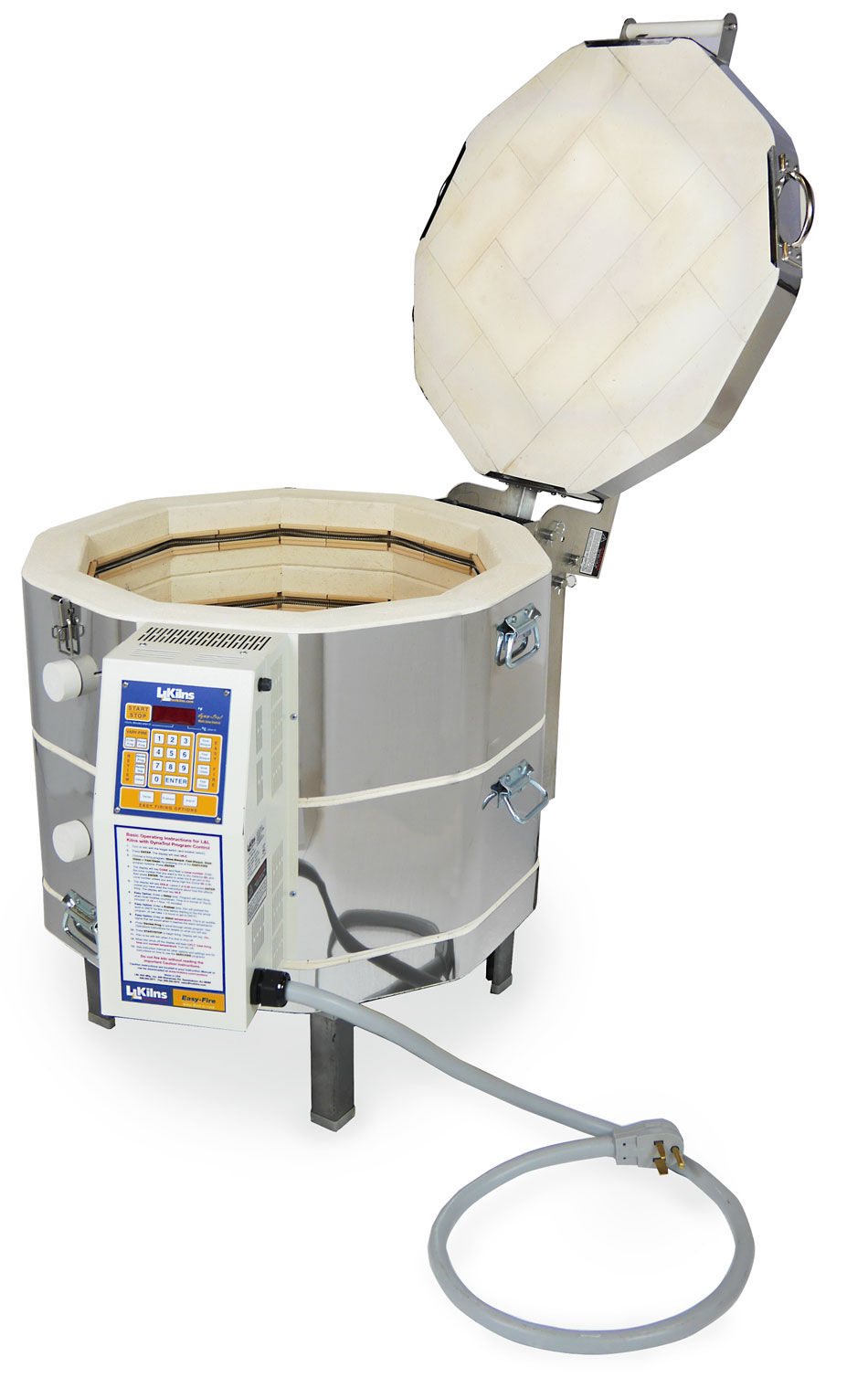Operation Home Studio: Kiln Research
- Danielle Hawk
- Jun 20, 2018
- 3 min read
I have been out of school for two years. Towson University was a wonderful place that allowed me to learn and flourish far past my tenure. I will be forever grateful for everything the facility and faculty have afforded me, but it is time to spread my ceramic artist wings and carve out a work space to call my own. This is operation home studio.
After making the decision to leave the warmth of a communal studio the first question I asked myself was.....
How am I going to fire my work?
Well I don't exactly have an answer to that question, but I would like to share with you what I have learned; perhaps save yourself a few long winded google searches.
Single Phase vs. Three Phase
When you begin looking at kilns you will see that a lot of your options come in both a single or three phase versions. What this refers to is the type of wires that are coming into your space from the power grid. Most homes are equip with single phase wiring, and will be the easiest to tie into your existing breaker box. From what I gather most industrial spaces, and schools are three phase.
208V vs. 240V
You will also notice that many kilns will come in a 208V and 240V versions. If you are an electrical novice like me you may have assumed that the lower the voltage the lower the firing capabilities. Well, you and I would both be wrong. For instance the L&L E23T-3* (above) at both the 208V and the 240V level top out at cone 10. The distinction between 208 and 240 deals with the capabilities of the wiring entering your space. Most wiring coming from the grid to your home is capable of 240, where 208 is easier to find in industrial spaces. You can plug a 240V kiln into a 208V outlet and it will still fire; but it will be very slow. You can also plug a 208V into a 240V outlet; but it will effect the life of your elements and you will find yourself replacing them more frequently than you should be.
Why do the specification call for 60 Amps?
Many kilns (in the mid range category) list their fuse size as 60 amps, but when you get further into the product description 48 is listed as the amperage necessary. This is because the way kilns pull electricity is different than other house hold electronics. Where you toaster oven or curling iron pull electricity at a constant steady rate, your kiln pulls electricity at a variable rate as it increases temperature. This can put stress on a breaker so it is better to have some wiggle room in your amperage than have your breaker flip in the middle of a firing.
Is Cone 8 High Enough?

I am primarily a mid range potter, I learned using 6-10 stoneware, and recently have been using a cone six porcelain. I plan to bisque and glaze fire using the same kiln; topping out at cone 6 glaze. So that begs the question how hot does my kiln need to get? It is in your best interest to purchase a kiln that is capable of multiple cones higher than the desired cone. A kiln that tops out at cone 8 is going to struggle to reach cone six consistently for an extended period of time; however a kiln that tops out at cone ten will have no issue firing to cone six whenever you ask for (hopefully) years to come.
*Click image for link to L&L Kiln product description
I hope I have saved you a google search or two. Please feel free to leave any comments or questions, and remember I am in no way an expert I am always learning! Check back for updates on Operation Home Studio. Till next time - Danielle



Comments